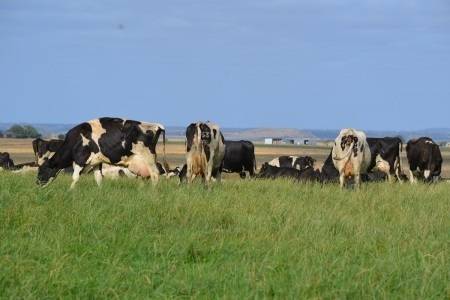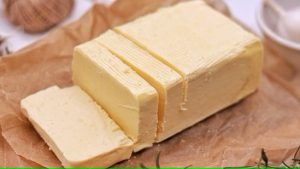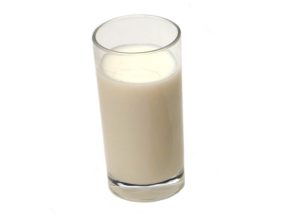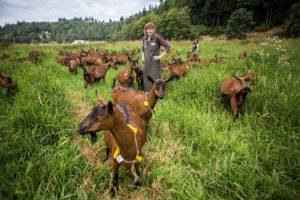Speaking on a recent Rabobank podcast – which looked at the critical role China’s economic recovery from the coronavirus pandemic will have on Australian dairy commodity and farm-gate prices in the months ahead – Rabobank Shanghai-based senior dairy analyst Sandy Chen said that, despite a recent strengthening seen in the Chinese economy, he expected basic dairy market fundamentals in China would maintain some weakness in the Oceania dairy commodity prices during the coming months.
“Chinese milk production has remained firm and food service consumption soft, Chinese stocks are mounting, and the lower import demand will be a key factor for Australian exporters,” Mr Chen said.
“The next six Global Dairy Trade events will be critical in setting the commodity and farm-gate prices for this region.”
China’s recovery underway
China was ahead of the curve in its economic recovery, according to Mr Chen.
While China’s quarter one headline Gross Domestic Product (GDP) was down more than 6 per cent year-on-year, quarter two figures rebounded into positive territory, up by slightly more than 3pc year-on-year.
However, he said, consumer demand remained slow, with retail and food service sales – while recovering – still lower year-on-year.
This suggested the industrial sector and investments, rather than consumer spending, was driving China’s headline GDP growth.
After decreasing during quarter one, Chinese dairy processing volumes have gradually returned to positive growth since quarter two, however remained slightly depressed, down around 2.5pc year-on-year.
China’s recent trade activity
With the exception of whey, which remained strong, imports of the overall category in liquid milk equivalent terms into China year-on-year were relatively flat – down slightly at two to three per cent year-on-year during the first half of 2020 – a result Mr Chen said was “surprisingly positive given the market circumstances”.
Chinese milk powder imports were also down, with the incoming June total for skim milk powder and whole milk powder declining 7pc, year-on-year.
“China’s demand for dairy products over the next six months will have a significant role in setting the price direction for Oceania dairy commodity pricing,” Mr Chen said.
However Rabobank was still cautious around the outlook for trade into China during the months ahead, and forecast a drop in import volumes for liquid milk equivalent on an annualised basis, he said.
Local production
While Chinese data regarding milk production growth varied between two sources, the National Bureau of Statistics and the Ministry of Agriculture, Mr Chen said Rabobank expected a 4 to 4.5pc year-on-year growth in milk production volume for the first-half of 2020.
“Production is in growth mode, but by how much remains a mystery,” he said.
A buoyant Chinese milk production outlook would continue to accelerate, Mr Chen said, thanks to renewed investment sentiment for new farms in China, with significant expansion underway.
The number of dairy projects currently being planned and constructed – based on recent news announcements – was estimated to facilitate an additional 700,000 head of dairy cows, increasing China’s national dairy herd by 8pc over the coming years.
However, Mr Chen said, these developments would not significantly impact the flow of milk onto the Chinese market in the near-term, with many still in the planning stages.
Chinese stocks
Using the more optimistic official year-on-year figures coming out of China – strong milk production growth, a marginal decline in imports, and a slight processing demand decline of 2.5pc – Mr Chen said dairy stocks in China had built significantly.
“Retail disruption in the first quarter also forced processing companies to dry a fair amount of locally-sourced milk into whole milk powder, which is still being destocked at the moment,” he said.
“In our estimate, overall, we do see a fair amount of ingredients sitting in inventory in China – not as bad as what we saw in 2014 and 2015 – but still relatively high compared to recent years.”
Mr Chen also questioned how much inventory China was keeping as safety stock – a move that has become typical during the coronavirus pandemic, he said.
“We understand that in March the government directed Chinese companies to increase their coverage of essential materials for the infant milk formula sector, particularly items China has to rely on imports for,” Mr Chen said.
Looking at the overall operating environment in China, he said, geopolitical uncertainty – coupled with the early supply chain impacts of COVID-19 – had “very likely” prompted dairy processing companies to shift their inventory model from ‘just-in-time’ to ‘just-in-case’, ensuring a higher safety level of stock.
The podcast, ‘All roads lead to China. What next for China’s imports as the annual milk migration gets underway’ is available HERE.













